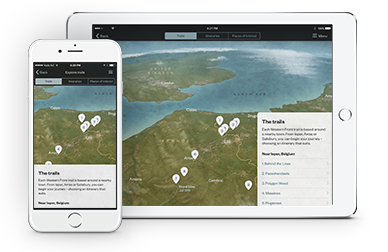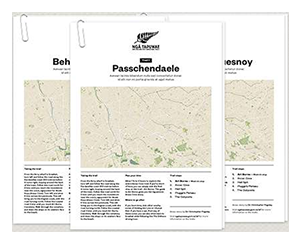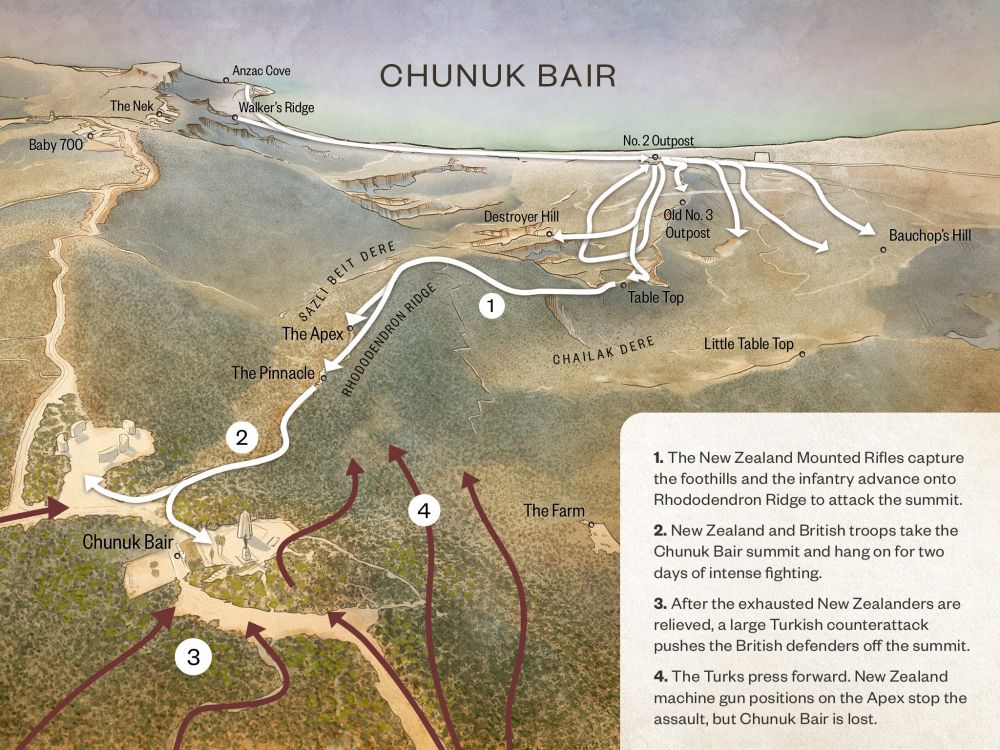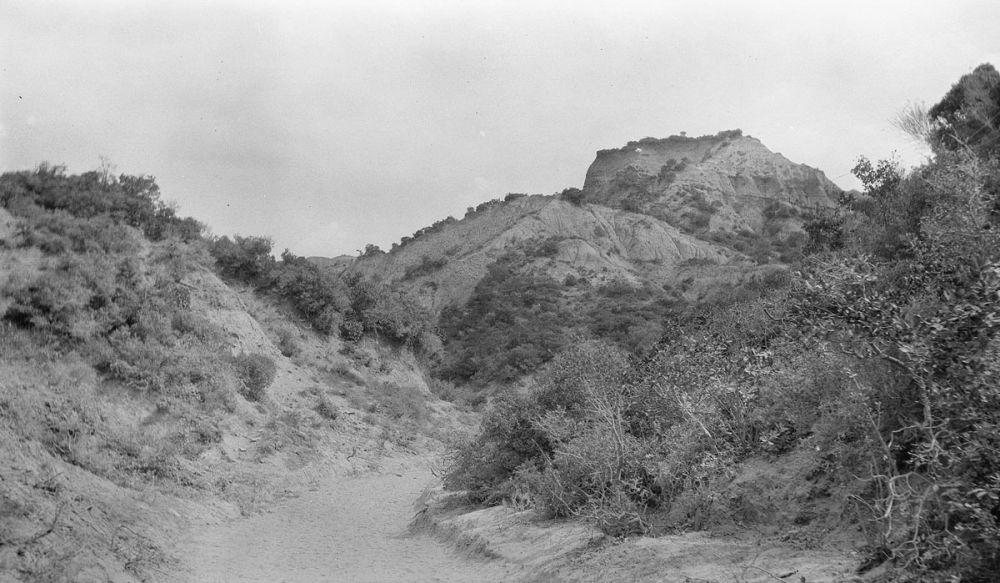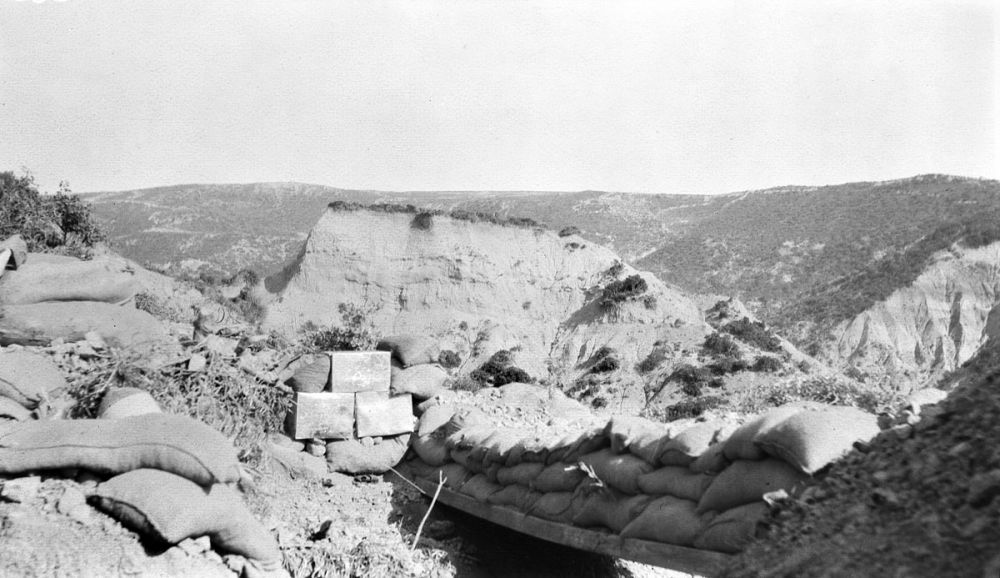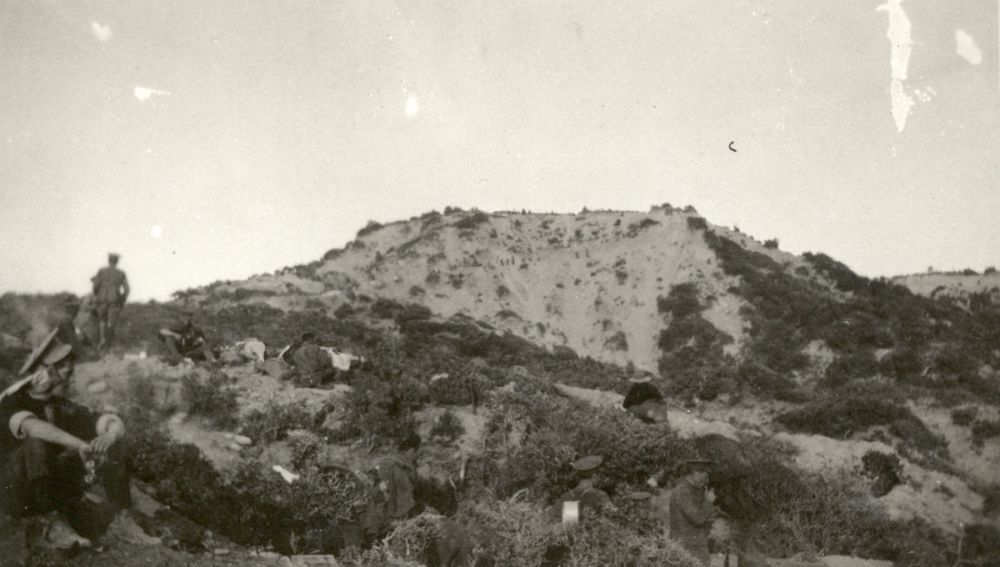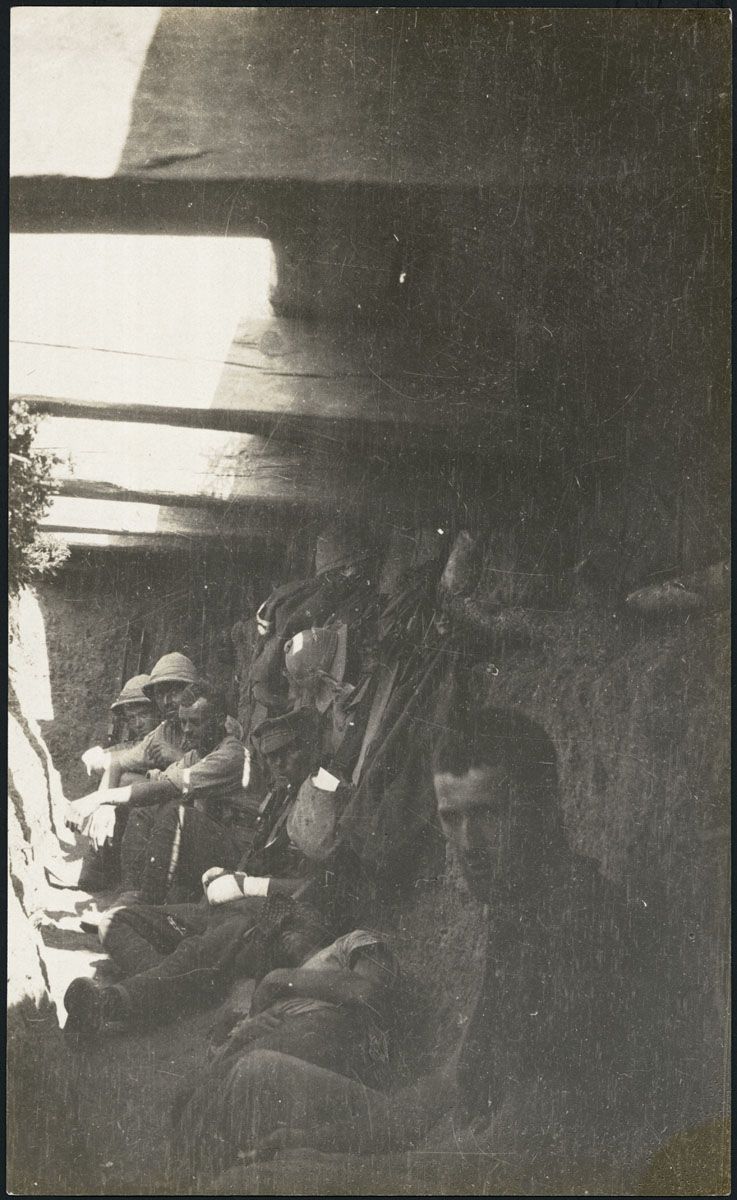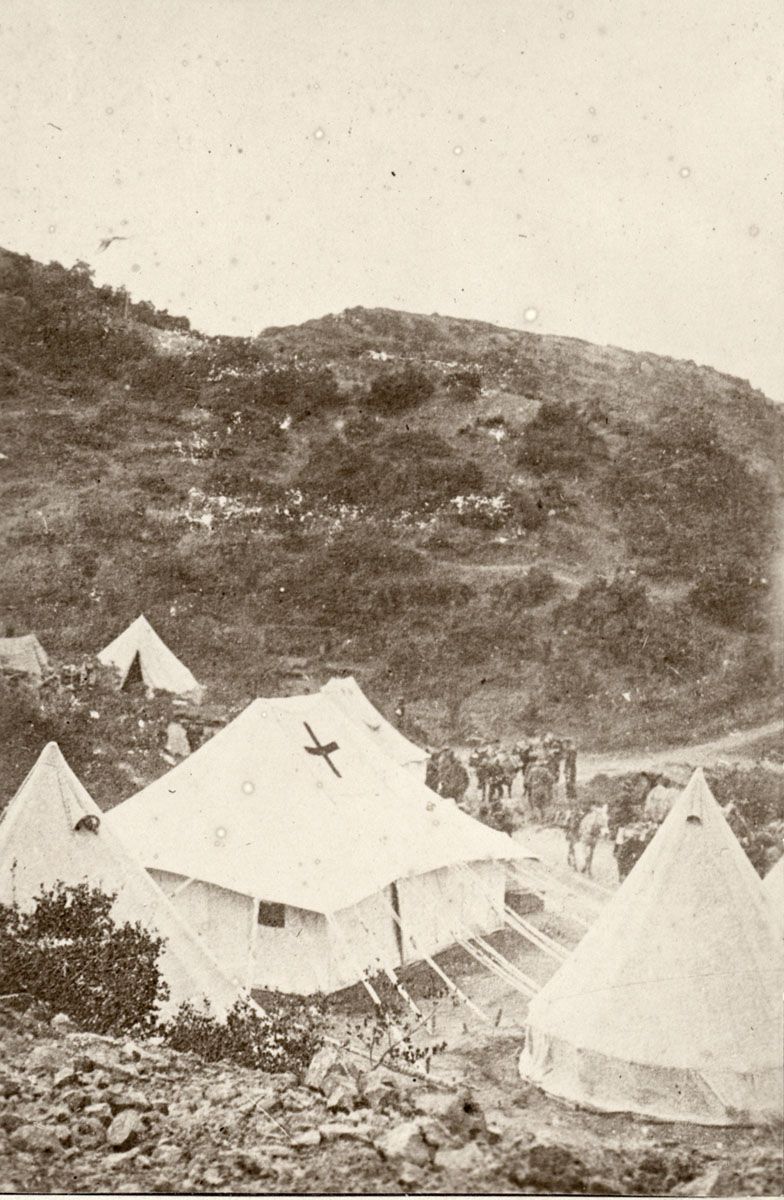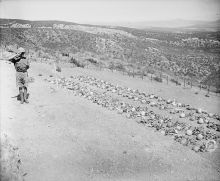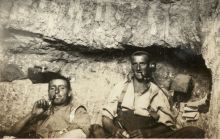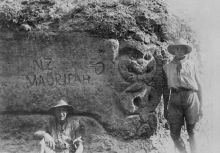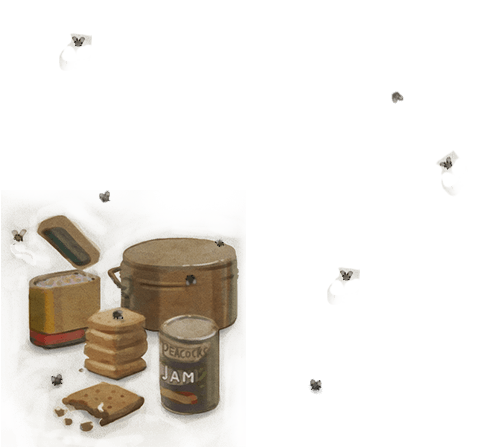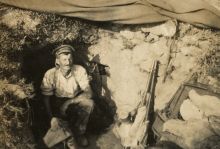Old No 3 Outpost
You’re standing on Old Number 3 Outpost. Before the night of 6 August 1915, this was an Ottoman stronghold – until it was taken by the Auckland Mounted Rifles in fierce hand-to-hand fighting. The Auckland Mounteds attacked up these slopes you’re standing on, which were covered with trenches.
Imagine what it was like that night - the soldiers with bayonets at the ready, advance through a maze of trenches, with vegetation similar to what you see in front of you. It was pitch dark and the only warning the soldiers had was the flash of a Turkish rifle fired from 10 metres away. There were small parties of New Zealand Mounteds, Native Contingent, and Ottomans all intermingled, and so when the Anzacs said they’d cleared the post, the reality was there were still isolated groups everywhere.
Ahead of the New Zealand soldiers was the large hill with a flat top in front of you called Table Top – where the Turks had a stronghold. The Turks heard the sounds of firing from the gully, so they assumed that the attack was going to come out of the gully to your left, which is Chailak Dere. However, instead of coming up that obvious route, the Wellington Mounted Rifles, under Lieutenant-Colonel William Meldrum, crept up the slopes and surprised the Turks from the rear. The Mounteds rounded them up with their bayonets. It was an amazing achievement, and the Turks never suspected they would come this way.
By the time Table Top was cleared, the New Zealanders were two hours behind schedule. Despite their successes, they were running out of time, and that would become incredibly important in the next few hours.
Meanwhile, the infantry, who’d been waiting by the beach in the Great Sap – the long communications trench running from Anzac Cove to Number 2 Outpost – got the order to start moving forward. The Otago Infantry Battalion advanced inland, along the gully to your left, towards Table Top. But skirmishes broke out in front and behind. Confusion reigned, and in this confusion and the pitch dark, the Canterbury Infantry Battalion, who were in the gully to your right, got lost and went around in a big circle. The Otago Infantry Battalion found itself scattered everywhere. So it was the Wellington Infantry Battalion that passed through the Otagos, below Table Top and pushed forward.
The important thing at this stage was to get to the high ground by daylight, and the Anzac troops were running out of time. The night afforded good cover and the commanders knew that if the men were exposed in daylight halfway up the hill, they could be shot to pieces.
By 4.30 in the morning, the Wellington Infantry Battalion had arrived at the Apex, and its commander, Lieutenant-Colonel William Malone informed his brigadier and asked for orders.
